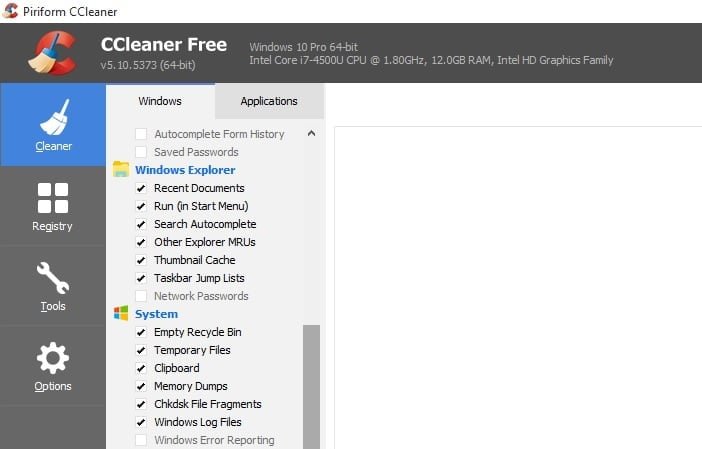
This is the best option for those, who do film photography professionally. Find out more about the best slide scanners.Such modest design makes this model very user-friendly. On the front of the scanner, there are five physical buttons such as Auto Scan, Copy, Start, Finish, Send. Even in this position, it scans detailed pictures.Ĭanon CanoScan Lide 400 Slim can be connected to a computer via USB Type-C. This model is a great option for those, who have small desk space as it can be placed upright. This Canon photo scanner can even enhance your photos with color restore and dust removal features. It offers fast 8 seconds scanning and delivers high-quality results. Moreover, Lide 400 Slim works with documents including the letter size. Being designed for average users, it is rather fast and can scan up to a maximum resolution of 4800 DPI. This Canon flatbed scanner is a rather affordable option taking into account the features it is packed with. In comparison, the flatbed scanner averaged about 30 seconds to scan a photo at 300 dpi, and we had to interact with a computer throughout the process.⊕ Has kickstands for holding it in a vertical position Scans of negative filmstrips and positive slide frames at 1,200 dpi (by the two models that could) were relatively fast: a little more than 40 seconds for four frames. The sheaths also collected scratches over time, and they also collected dust and fibers, which were difficult to remove and could become noticeable on the resulting scans. Using the sheath slowed things down because it requires two extra steps: inserting the photo into the sheath and removing it before inserting the next photo. We were able to scan 4圆 photos at 300 dpi in about 10 seconds each if we did not use the plastic sheaths, and in about 30 seconds each if we used the 600 dpi mode with the plastic sheaths. The photo scanners can be fast as you might expect, they're slower when scanning at higher resolutions and faster at lower resolutions. We found that the speed and portability of photo scanners are offset by frequently iffy results.

Is a photo scanner a worthwhile investment, or should you use a home printer, flatbed scanner, or scanning service instead? The Epson flatbed scanner we used for comparison can scan at up to 4,800 dpi, which is useful when you're cropping images or printing large images from smaller pictures. The Kodak P460 and the PanDigital can also scan strips of negatives and color slides that are removed from their holders, at 1,200 dpi. All the tested models scan photos at a resolution of 300 dpi (dots per inch, a measure of resolution), but both Kodak models can scan at 600 dpi as well the higher resolution is most noticeable when you're printing enlargements from digital files. The Kodak P460 and Pandigital scanner can each scan photos up to 4圆, and the Kodak P570 can handle sizes up to 5x7. The GiiNii came with a sheath for picture 4圆 inches or smaller, but it can handle pictures up to 8.5x11 inches and also features a 2.4-inch LCD screen. Each of the photo scanners came with a plastic sheath to protect pictures as they are fed through, though each scanner also worked without its sheath.


 0 kommentar(er)
0 kommentar(er)
